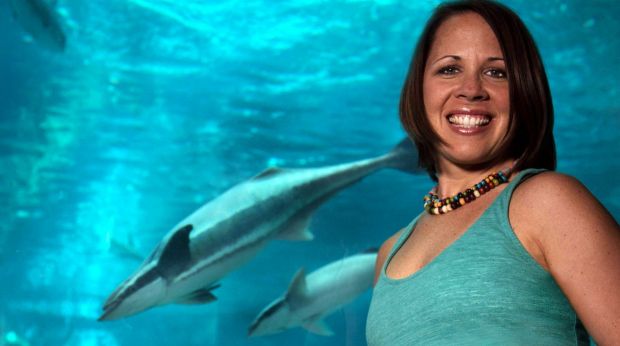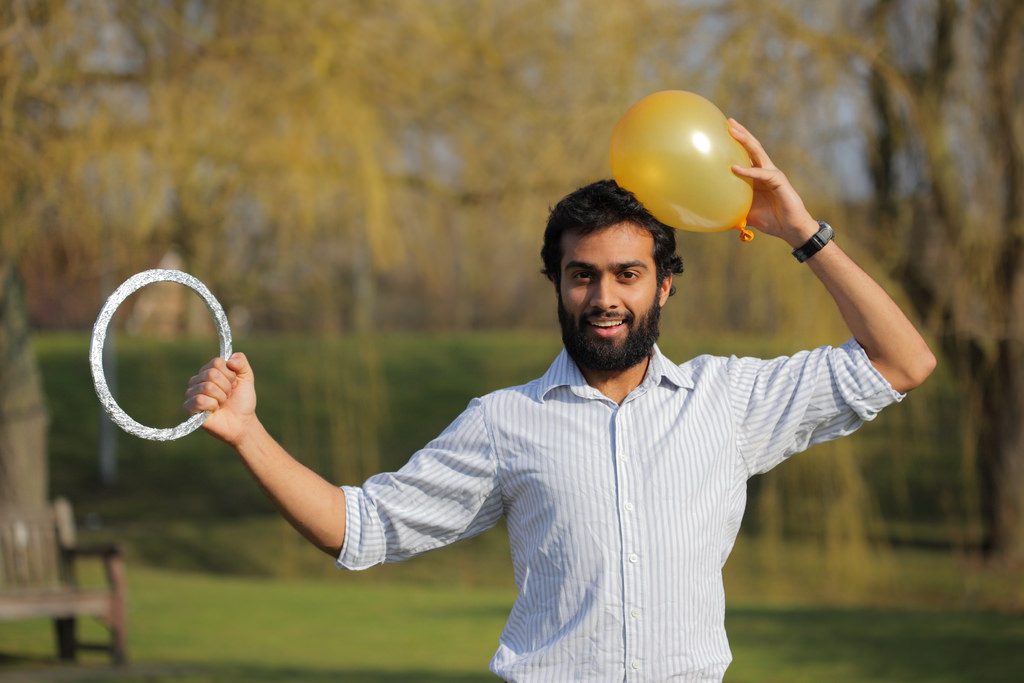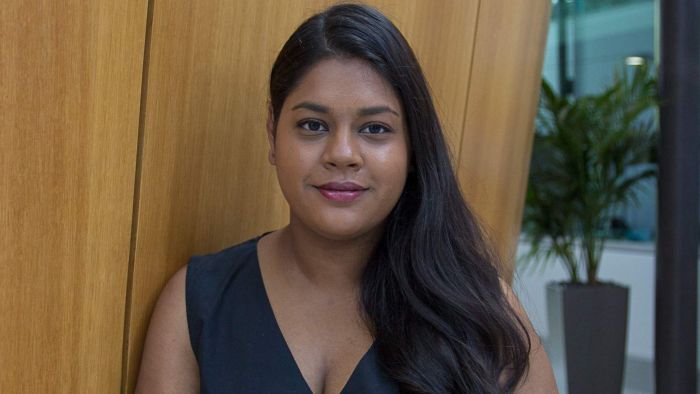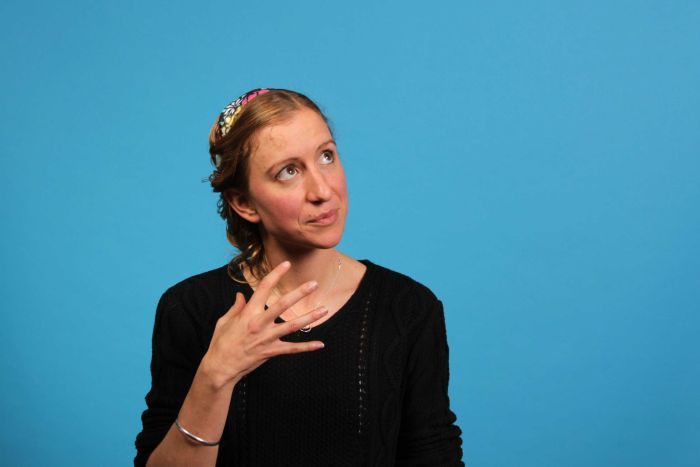It’s National Science Week, and to celebrate, ABC News’ Snapchat account (abcnewsau) has been overrun by science!
More specifically, four of Radio National’s Top 5 Under 40 scientists (a list which actually includes six scientists) will be posting throughout the week, offering insight into their work.
First up is Dr. Jodie Rummer, a marine biologist from Queensland’s James Cook University, who says that “in general terms, I research athletes in a changing world, but my athletes are fish.”
In 2015, Dr. Rummer won the UNESCO L’Oreal For Women in Science fellowship for her work identifying which sharks face the greatest threats from overfishing, habitat damage, and global warming, and the solutions through which they can best be protected.
Dr. Niraj (Nij) Lal is a Research Fellow at the Renewable Energy Laboratory at Melbourne’s Monash University. His goal is to make solar electricity cheaper than wholesale electricity through the implementation of nanotechnology in solar panels.
He’s written two children’s books with a scientific twist: Butterfly Flo and the Everything Effect, a tale about chaos theory, and Henry the Emu That Could Fly, in which the titular character goes into gravitational orbit!
The University of Western Australia’s Dr. Gail Alvares studies neuro-development in children to search for a way to improve the quality of lives of children with autism.
Dr. Alvares is a member of the Telethon Kids Institute, which fosters a multidisciplinary approach to finding solutions for major health issues. It is one of the largest and most successful institutes of its kind in Australia.
On Thursday, Dr. Kirsty Short of the University of Queensland takes over to offer a behind-the-scenes look into her study into the influenza virus.
“I can show what a virus looks like when it’s infecting cells … and show what it looks like when you’re all gowned up to work with infectious diseases. I can also show myself working with cells that have been taken from asthmatic patients and infect them with flu to see what happens,” she told ABC News, painting an exciting picture of what’s to come.
To see these scientists in action, simply download the Snapchat app, and follow ‘abcnewsau’.




